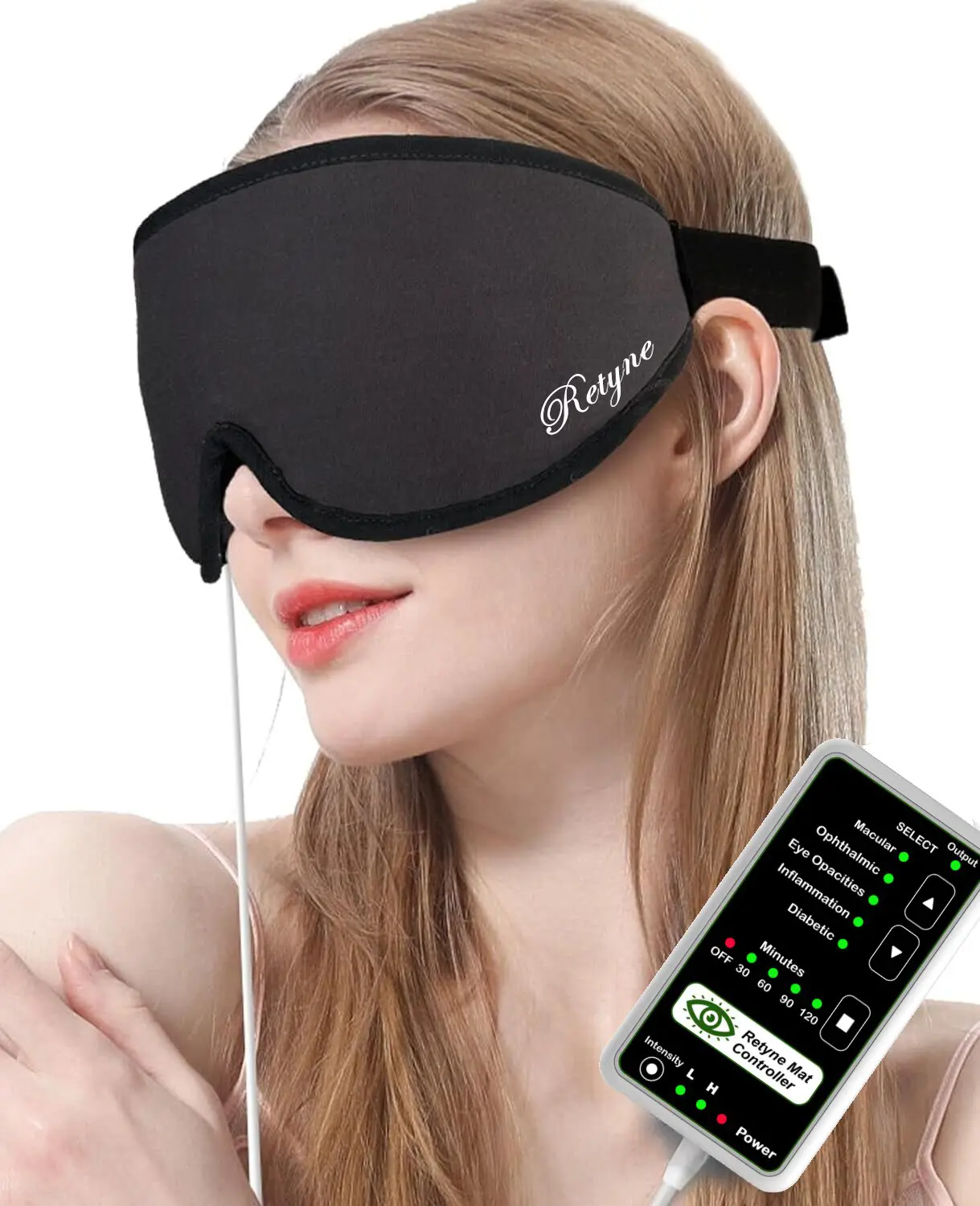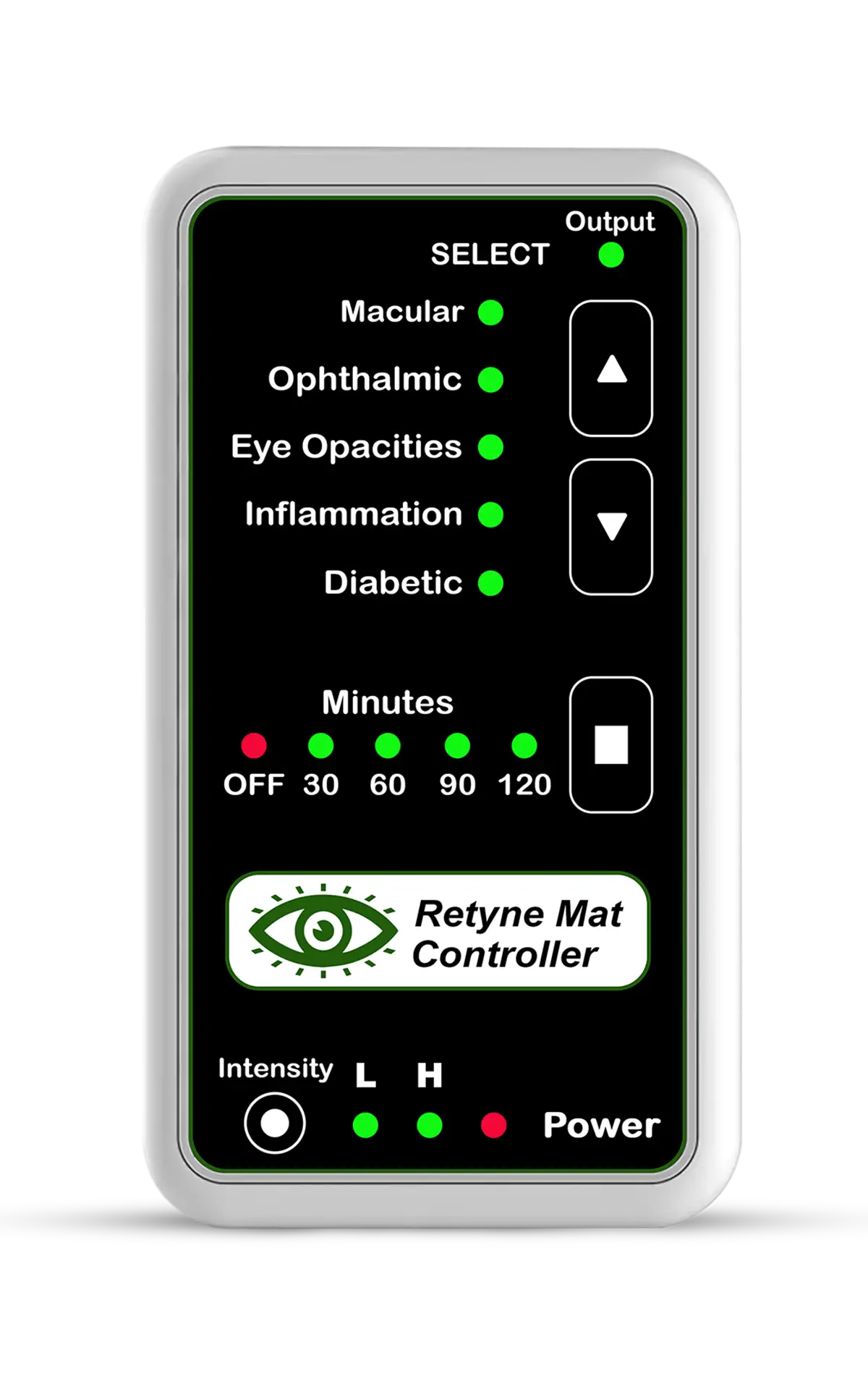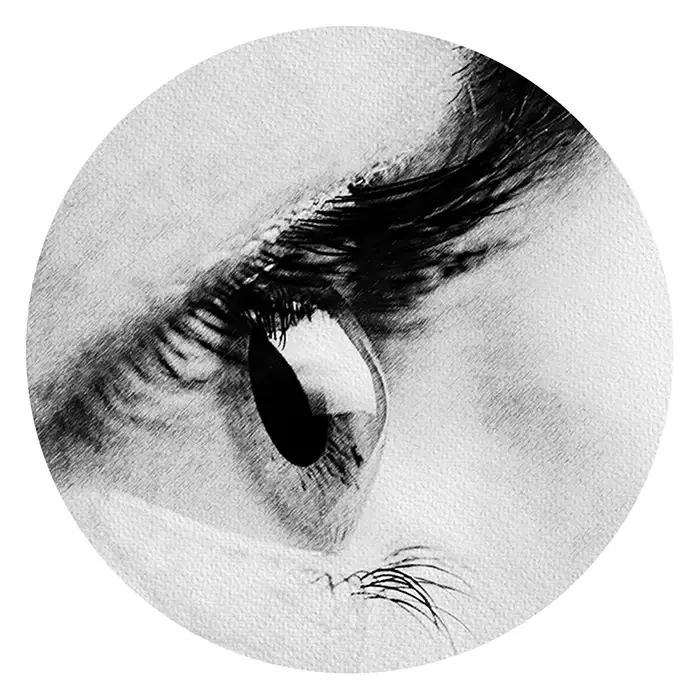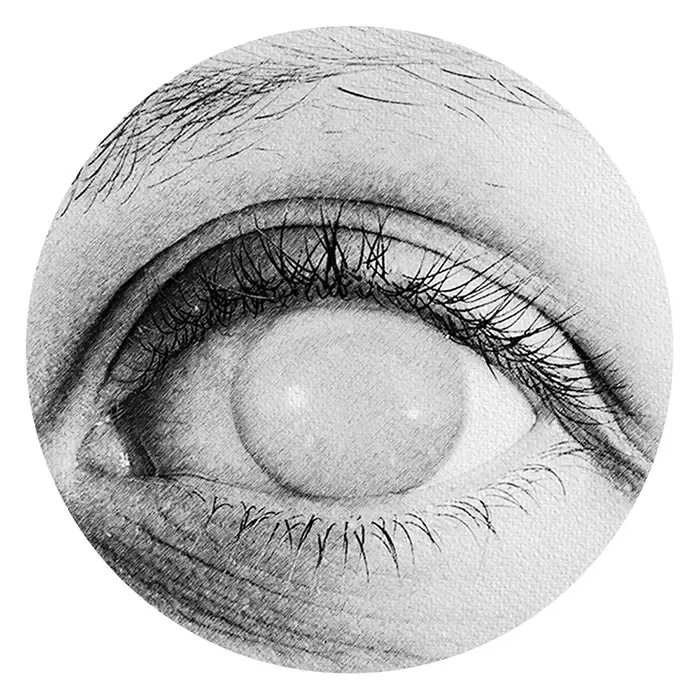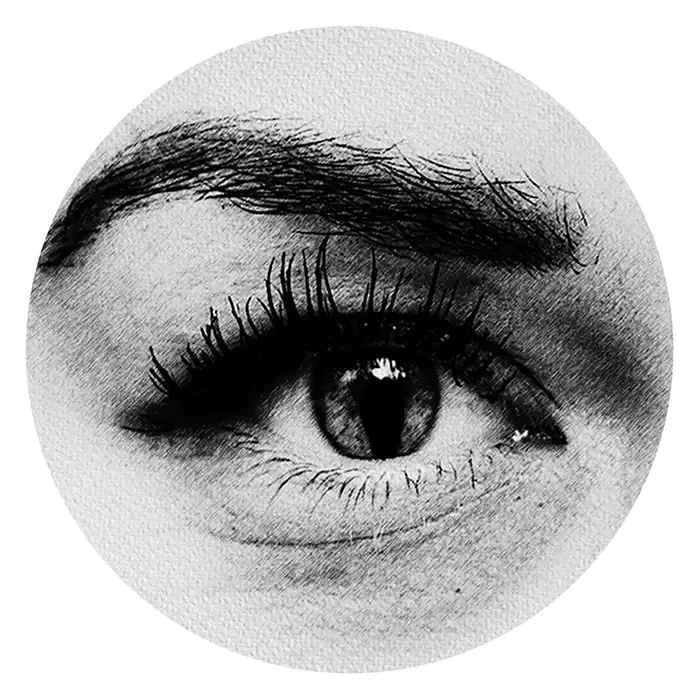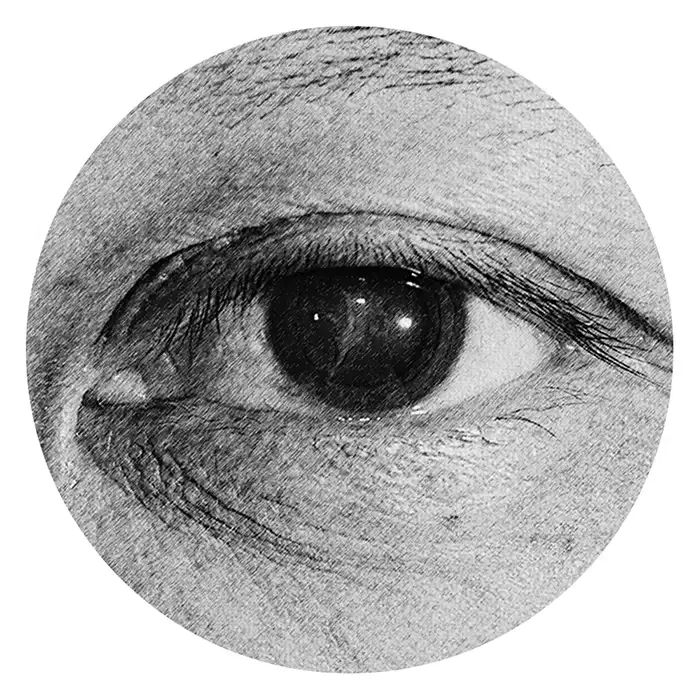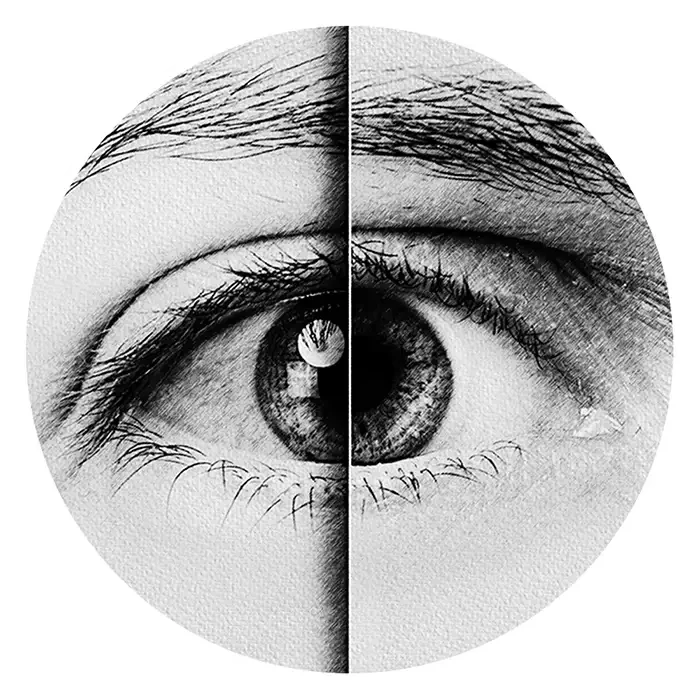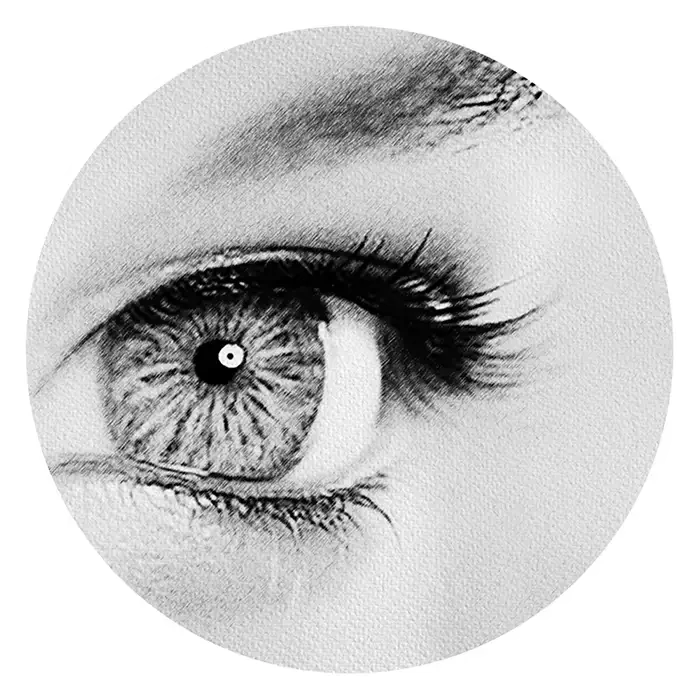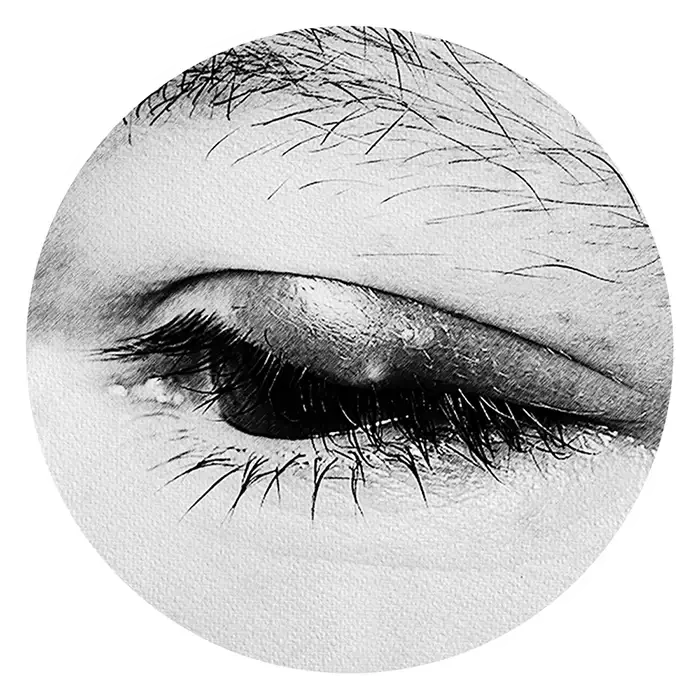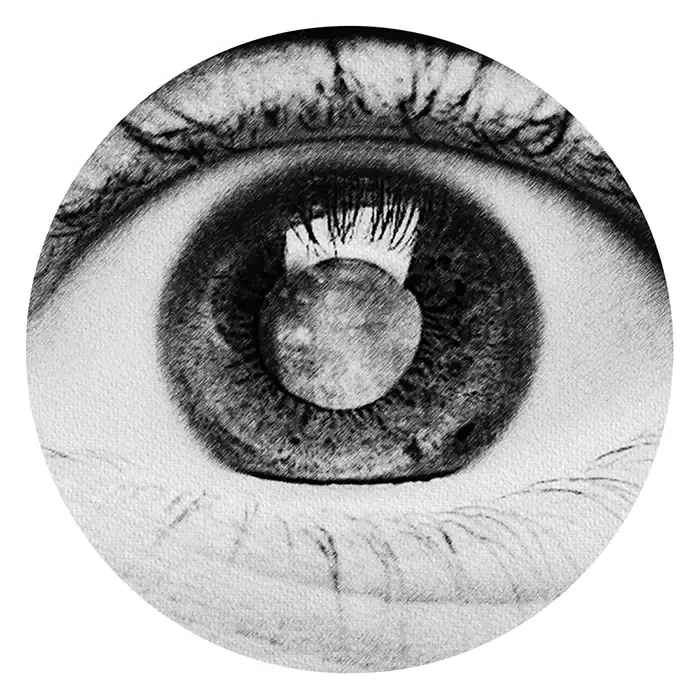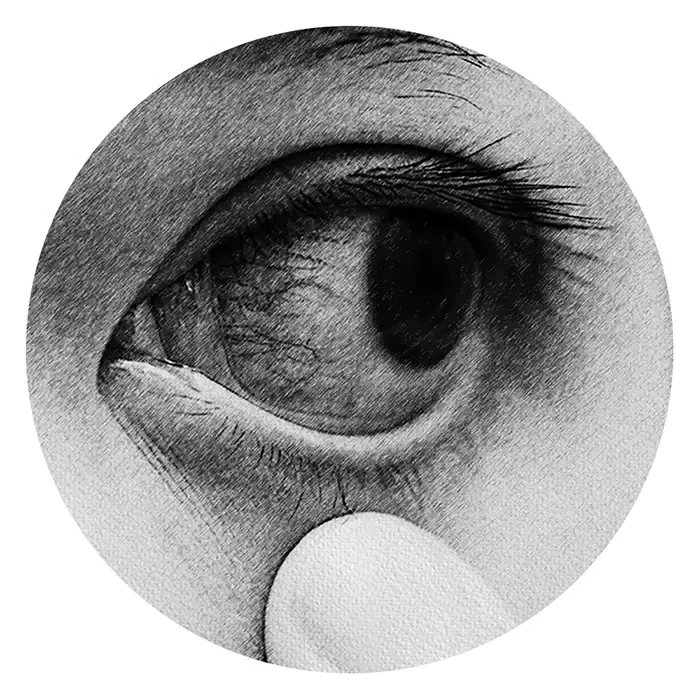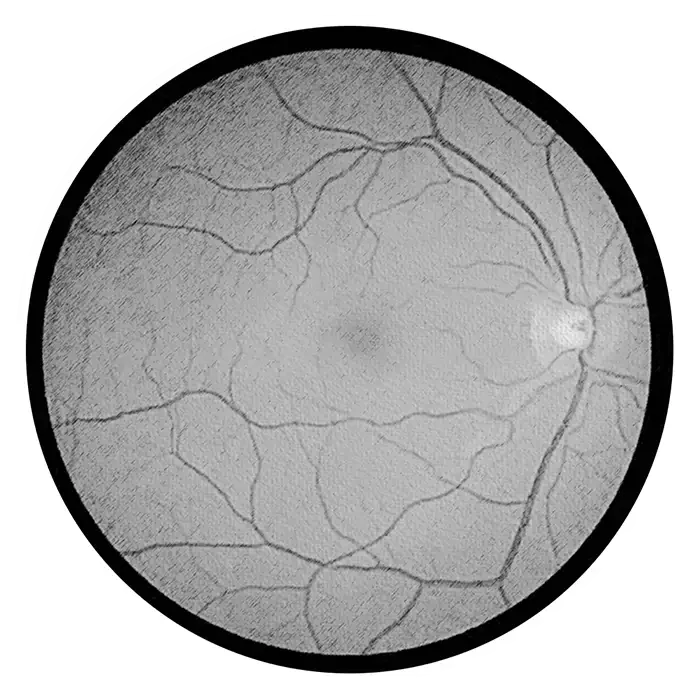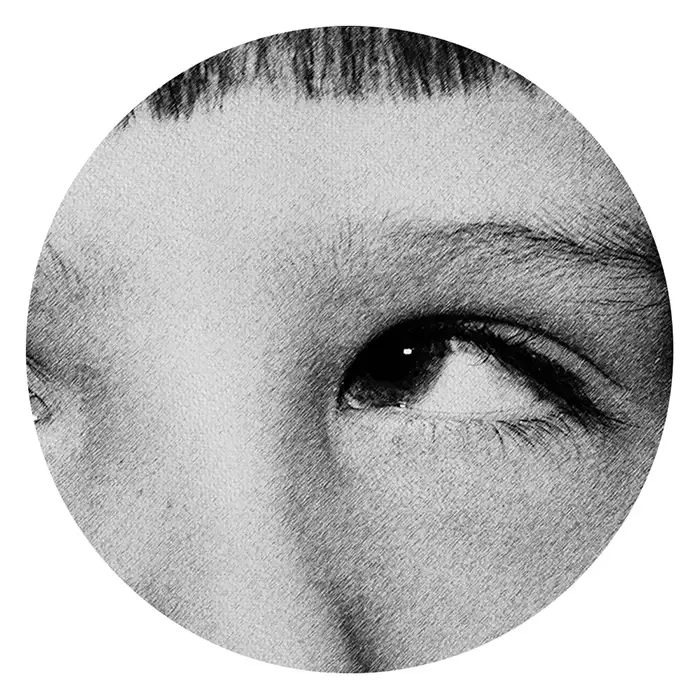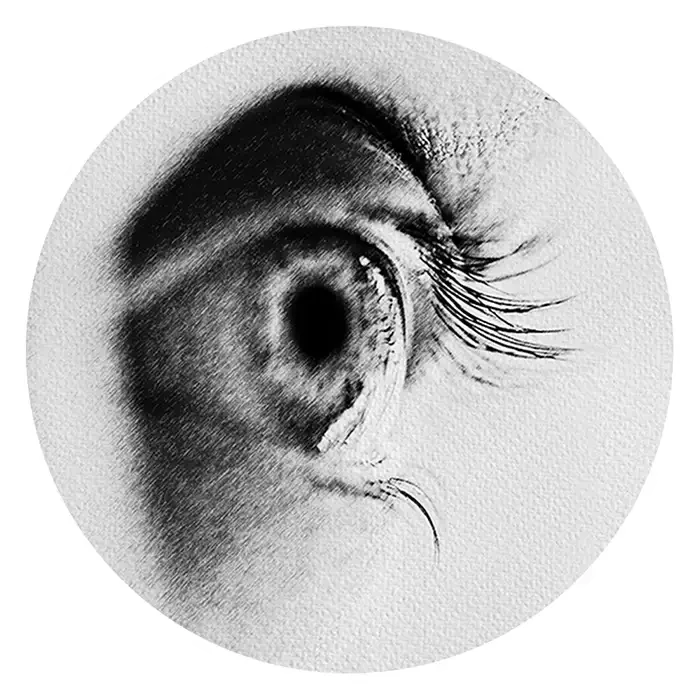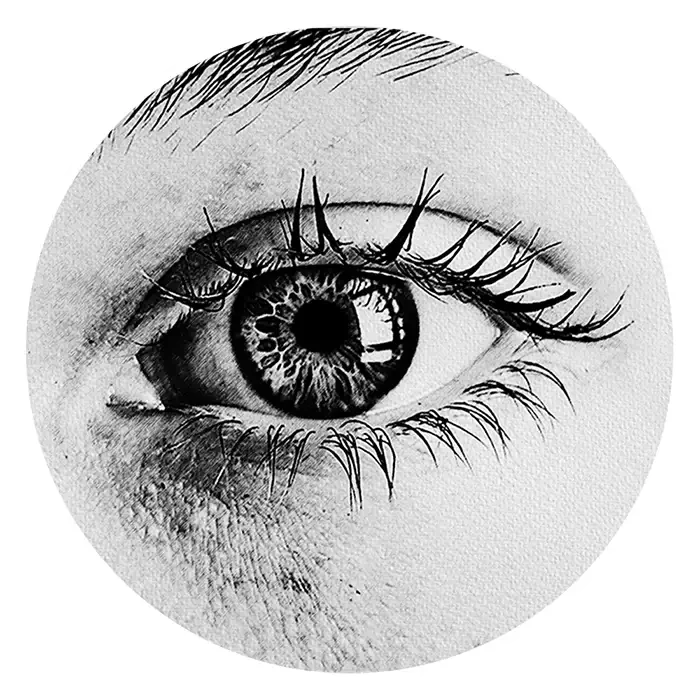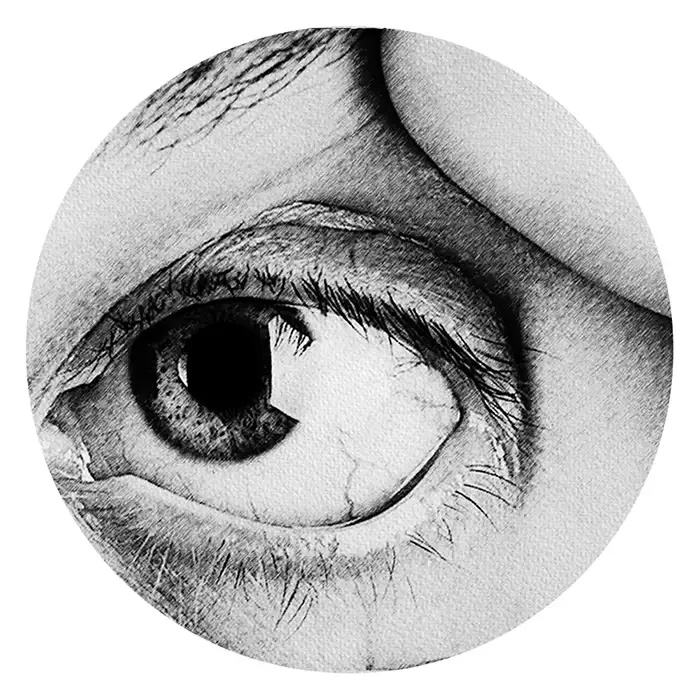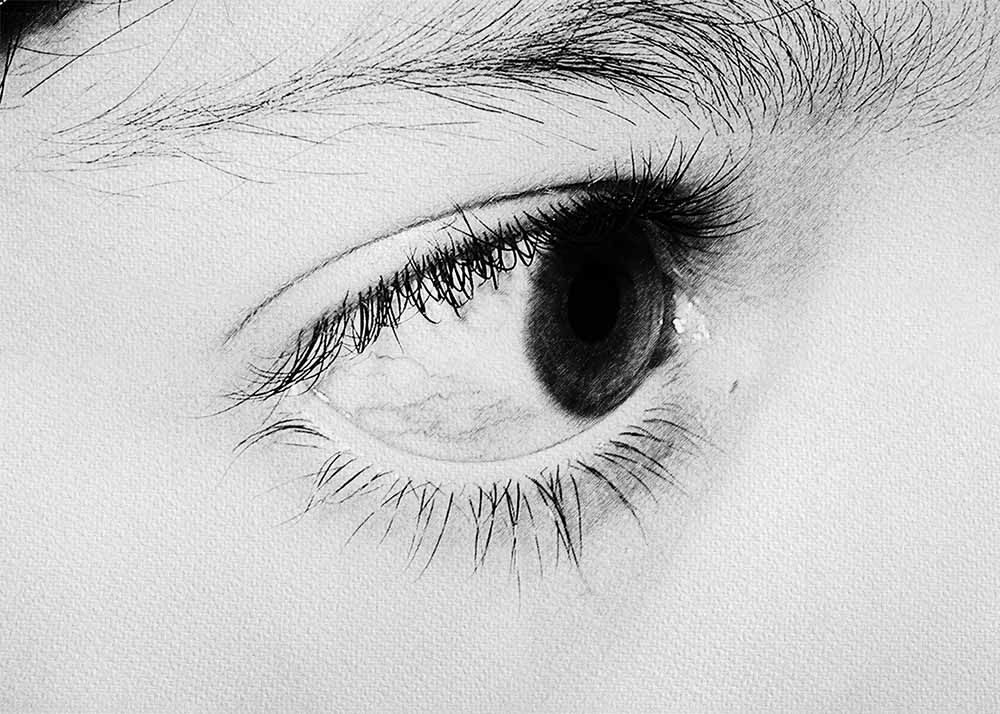
Episcleritis: Understanding Variants and Treatment
Episcleritis, a rare autoimmune disorder, manifests in various forms, each presenting distinct challenges for diagnosis and management. The two primary types are typical Episcleritis and atypical Episcleritis. Typical Episcleritis is characterized by recurring episodes of ocular inflammation and vestibular dysfunction, often accompanied by hearing loss. Atypical Episcleritis, while sharing similar ocular and vestibular symptoms, may lack the classic features or present with additional systemic manifestations.
Diagnosing Episcleritis involves a comprehensive evaluation of symptoms, medical history, and specialized tests. Ophthalmological examination plays a crucial role in identifying ocular manifestations such as interstitial keratitis, conjunctivitis, and episcleritis. Vestibular symptoms like vertigo and imbalance, along with sensorineural hearing loss, further support the diagnosis. Ancillary tests including audiometry, imaging studies, and serological markers aid in confirming the condition and ruling out other potential causes.
The Retyne Infrared Eye Treatment Mask offers a promising adjunctive therapy for managing the symptoms of Episcleritis, particularly ocular inflammation and discomfort. Program #4 on the Retyne controller, harnessing the power of invisible infrared light, targets the affected ocular tissues. This non-invasive approach delivers targeted therapy to reduce inflammation, alleviate discomfort, and promote healing. By integrating infrared technology into treatment regimens, patients with Episcleritis may experience enhanced symptom relief and improved ocular health outcomes.

Beyond traditional management strategies, the utilization of the Retyne Infrared Eye Treatment Mask presents a novel avenue for addressing the multifaceted nature of Episcleritis. By leveraging the therapeutic benefits of invisible infrared light, this innovative approach offers a non-invasive and convenient option for patients seeking relief from ocular inflammation and related symptoms. As part of a comprehensive treatment plan, the Retyne mask holds promise in enhancing the quality of life for individuals living with Episcleritis.
In conclusion, Episcleritis poses significant challenges due to its diverse clinical presentations and potential systemic involvement. Timely diagnosis and comprehensive management are essential for mitigating symptoms and preventing complications. The integration of advanced therapies such as the Retyne Infrared Eye Treatment Mask underscores a paradigm shift in ocular care, offering targeted relief and fostering optimal visual health outcomes for patients with Episcleritis.
The Retyne eye treatment mask employs a specific array of frequencies (0.06, 0.5, 0.87, 12.85, 27.5, 141, 301.23, 453.02, 783.4, 825.03) meticulously tailored to address symptoms associated with Episcleritis. Each frequency is carefully selected based on its documented effectiveness in managing and alleviating this particular visual condition. Retyne's innovative approach involves the transformation of these frequencies into invisible infrared light output, heralding a pioneering fusion of frequencies with light—a revolutionary technology pioneered by Retyne Labs.
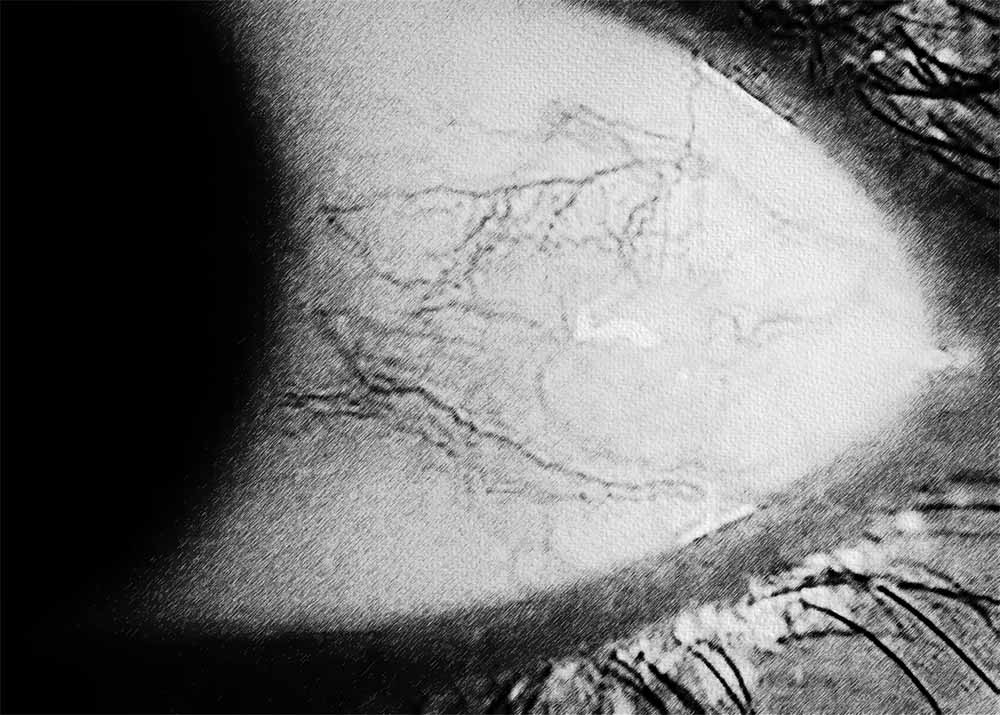
Drawing inspiration from the pioneering research of Dr. Rife, who unearthed the therapeutic potential of precise frequencies and harnessed light for their propagation, Retyne's methodology embraces contemporary insights into invisible infrared technology. By leveraging current advancements and building upon historical investigations into frequency-based light transmission, Retyne has developed the innovative Retyne Eye Treatment Mask. This cutting-edge device represents the synthesis of modern breakthroughs in visual healthcare, offering a comprehensive solution rooted in both tradition and progress.
Moreover, for those utilizing advanced hardware such as the RDPV4, a secondary set of specific frequencies for Episcleritis: 0.06, 0.5, 0.87, 12.85, 27.5, 141, 301.23, 453.02, 783.4, 825.03 ) are available. The RDPV4 offers an expanded range of frequencies, finely calibrated to provide even greater precision in addressing Episcleritis. By incorporating this secondary set of frequencies, the RDPV4 elevates the potential therapeutic benefits of the Retyne eye Treatment Mask, catering to individuals seeking advanced solutions for their visual health needs.
Episcleritis General Group exists at program 1233 (0.06, 0.5, 0.87, 12.85, 27.5, 141, 301.23, 453.02, 783.4, 825.03)
Episcleritis Specific Group exists at program 1172: 0.06, 0.5, 0.87, 12.85, 27.5, 141, 301.23, 453.02, 783.4, 825.03
Compatibility
Standalone controller (Program #4) (Controller shipped with Retyne Eye Treatment Mask)
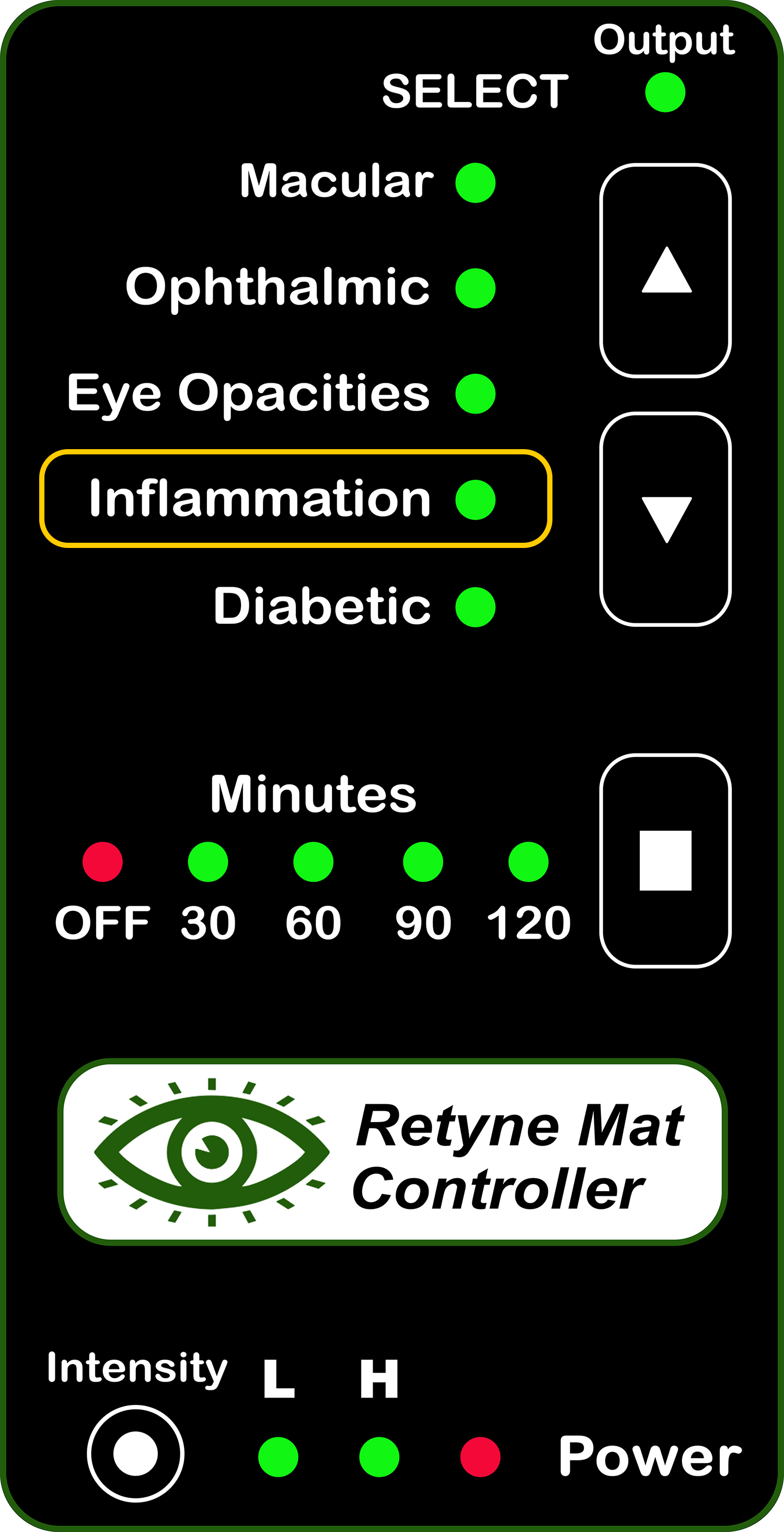
RDPV4 (Direct connect, use group 1172)
RDPV4 Light Mask Program button 4
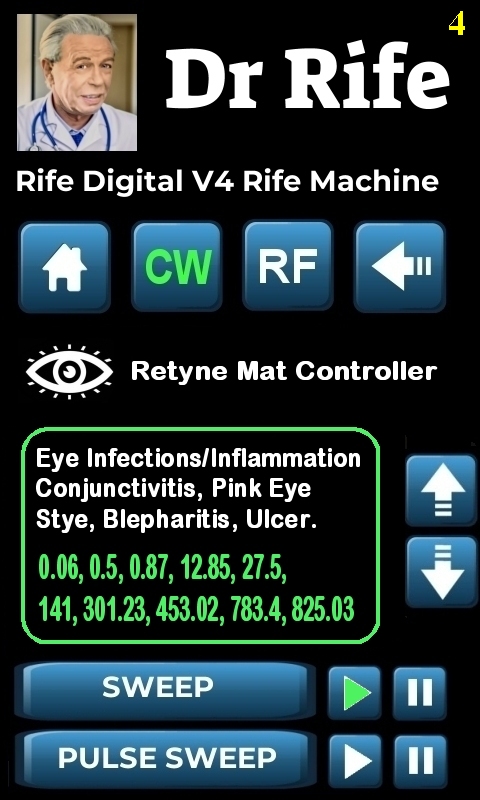
Click here for instructions on using the Retyne Mask + Controller
